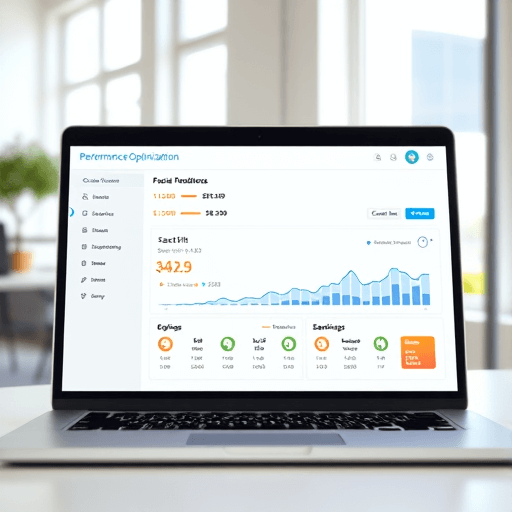When visitors land on your WordPress site, a slow loading speed can make or break their experience. Page abandonment rates increase with every second of delay, potentially causing you to lose valuable leads. Fortunately, a combination of caching, minification, and strategic optimization can significantly enhance your website’s performance.
Caching, at its core, involves storing static versions of your pages so users don’t always hit the server’s resources. By serving cached files, your site can load more quickly and handle more traffic. This is a fundamental strategy for businesses expecting consistent or high-volume traffic.
Page caching is only one part of the puzzle. Browser caching instructs user browsers to store certain files locally. This ensures returning visitors receive images, CSS, and scripts without re-downloading them from your server. Implementing this often results in faster repeat visits and reduced bandwidth usage.
Minification is another crucial tactic. By removing unnecessary characters from your CSS, JavaScript, and HTML files—like spaces and line breaks—you make them leaner. Smaller files mean less data transfer and quicker render times. Many tools can automate this process, helping you keep up with timely changes.
Combining (or concatenating) files further reduces server requests. Instead of loading multiple CSS or JS files, you merge them into fewer files, saving crucial loading time. However, be careful with dependencies, as poorly managed concatenation can break site functionality.
Combining (or concatenating) files further reduces server requests. Instead of loading multiple CSS or JS files, you merge them into fewer files, saving crucial loading time. However, be careful with dependencies, as poorly managed concatenation can break site functionality.
For hassle-free performance tuning, consider our Speed & Security Optimization service at XPro Code. We’ll handle caching, minification, and other optimizations so you can focus on what matters—growing your business.
Image optimization is essential for both user experience and SEO. High-resolution images can slow your site if they aren’t compressed. Tools like ShortPixel or built-in WordPress features can compress images without compromising too much on quality. This step is often overlooked but can yield impressive speed gains.
Content Delivery Networks (CDNs) distribute your site’s files across multiple servers worldwide. When a user visits your website, they’re served content from the closest geographical server, reducing latency. XPro Code frequently employs CDNs for clients who serve global audiences, ensuring consistent performance anywhere in the world.

Speed tests are part of any data-driven performance strategy. Tools like Google PageSpeed Insights or GTmetrix measure how quickly your site loads and provide actionable steps for improvement. Monitoring these metrics over time allows you to track how optimizations affect site speed and user engagement.
Implementing these techniques requires thoughtful planning. It’s not just about installing plugins; it’s about understanding how each piece interacts. A misconfigured caching plugin or an overly aggressive CDN setting can break design elements or functionalities, underscoring the need for professional oversight.
Effective performance optimization is an ongoing process. As your content grows and your audience expands, you may need to revisit and tweak your strategy. With a dedicated partner like XPro Code, you benefit from continual monitoring, timely updates, and a data-driven approach to keep your site running at top speed.
Looking to further improve your website’s structure? Read “Elevate Your Brand Identity with Custom WordPress Themes” for insights on design and user experience.




